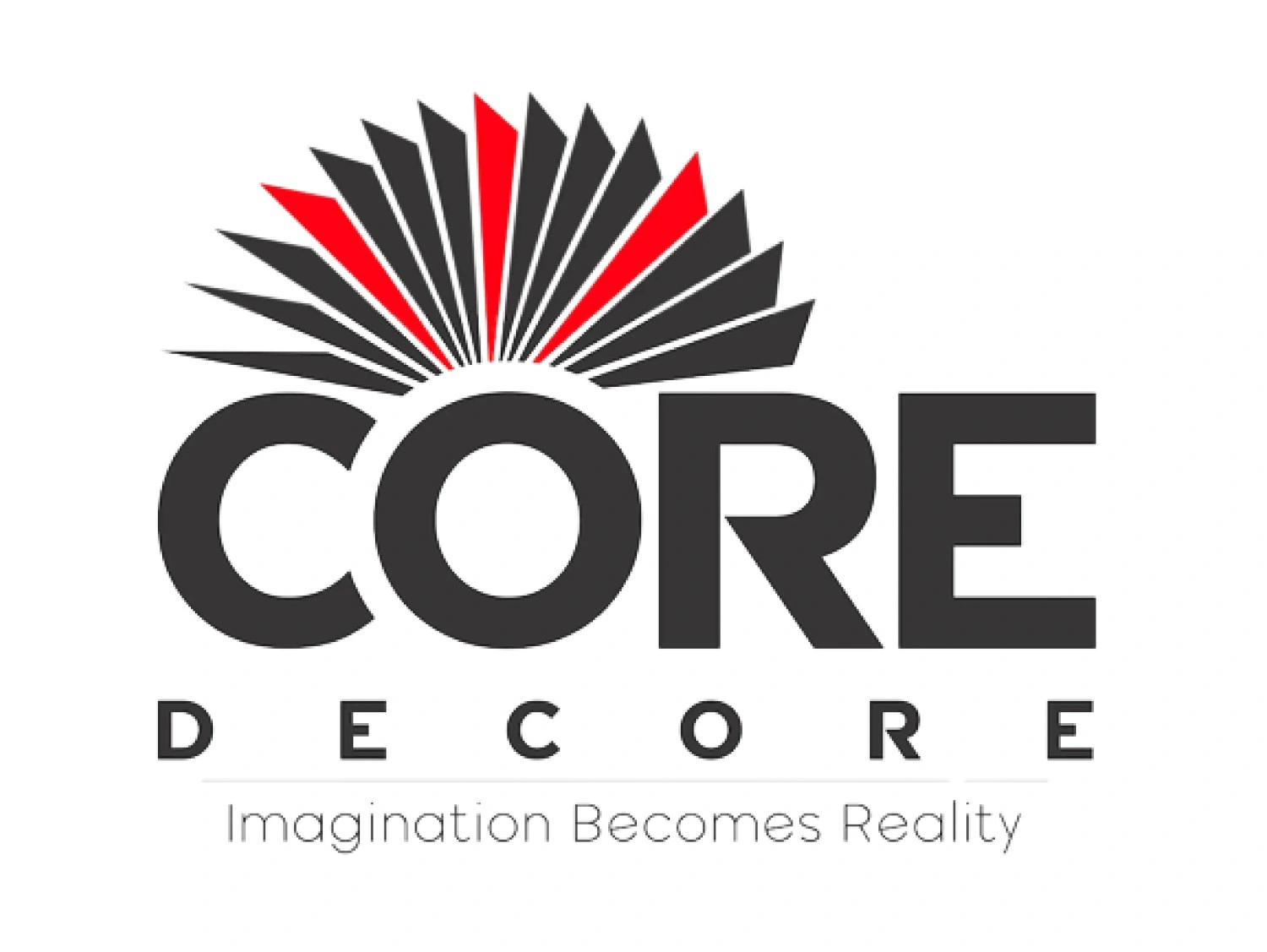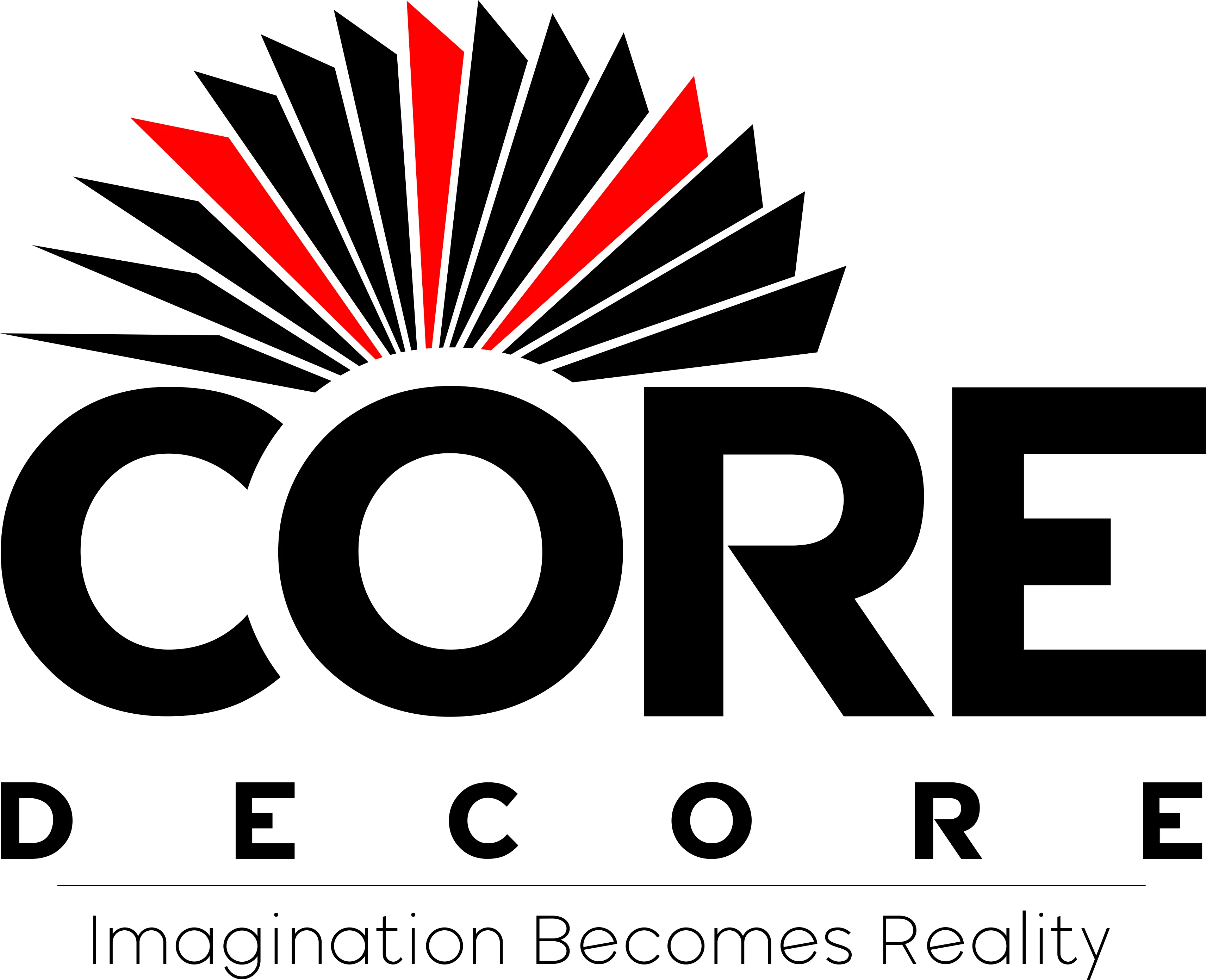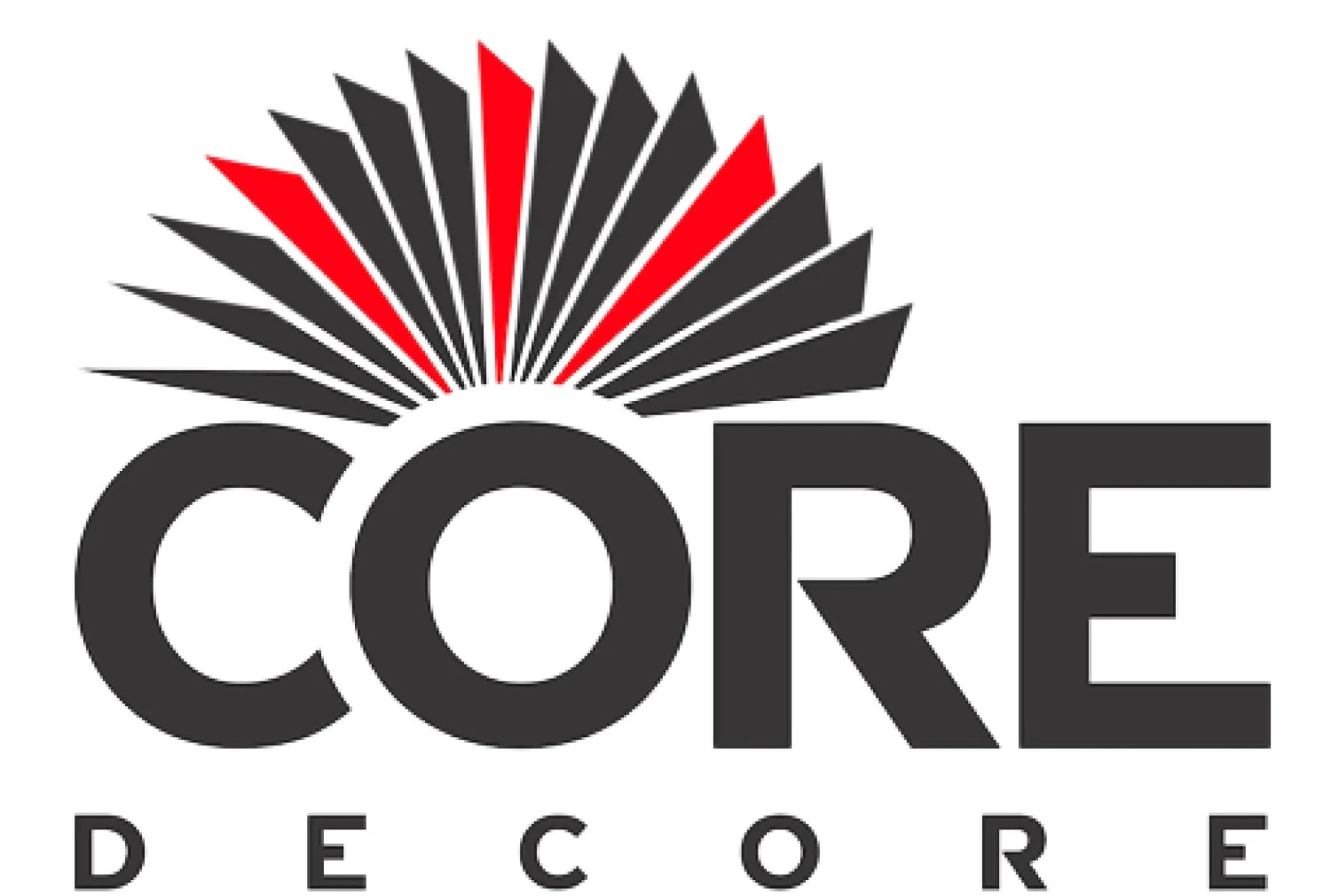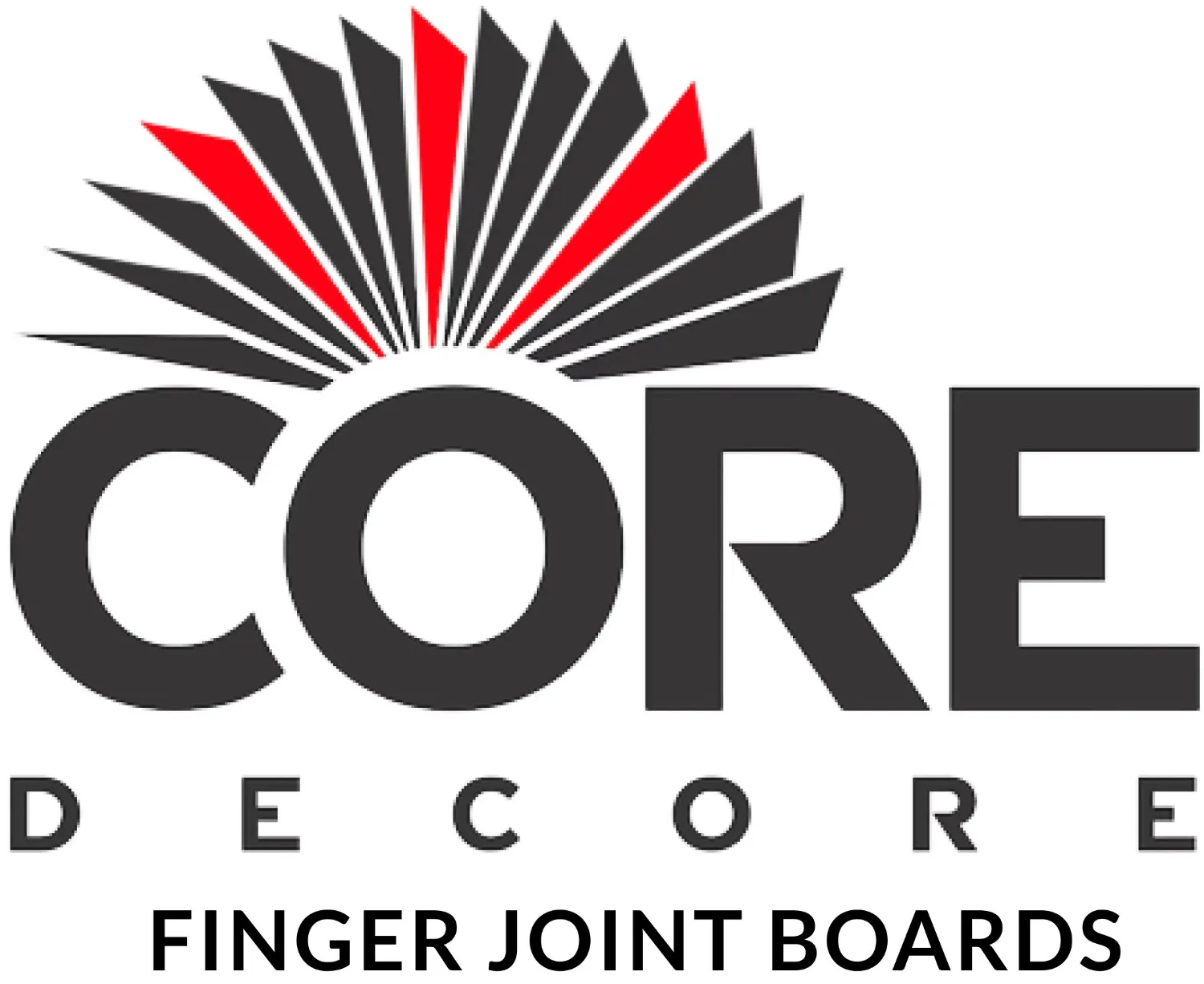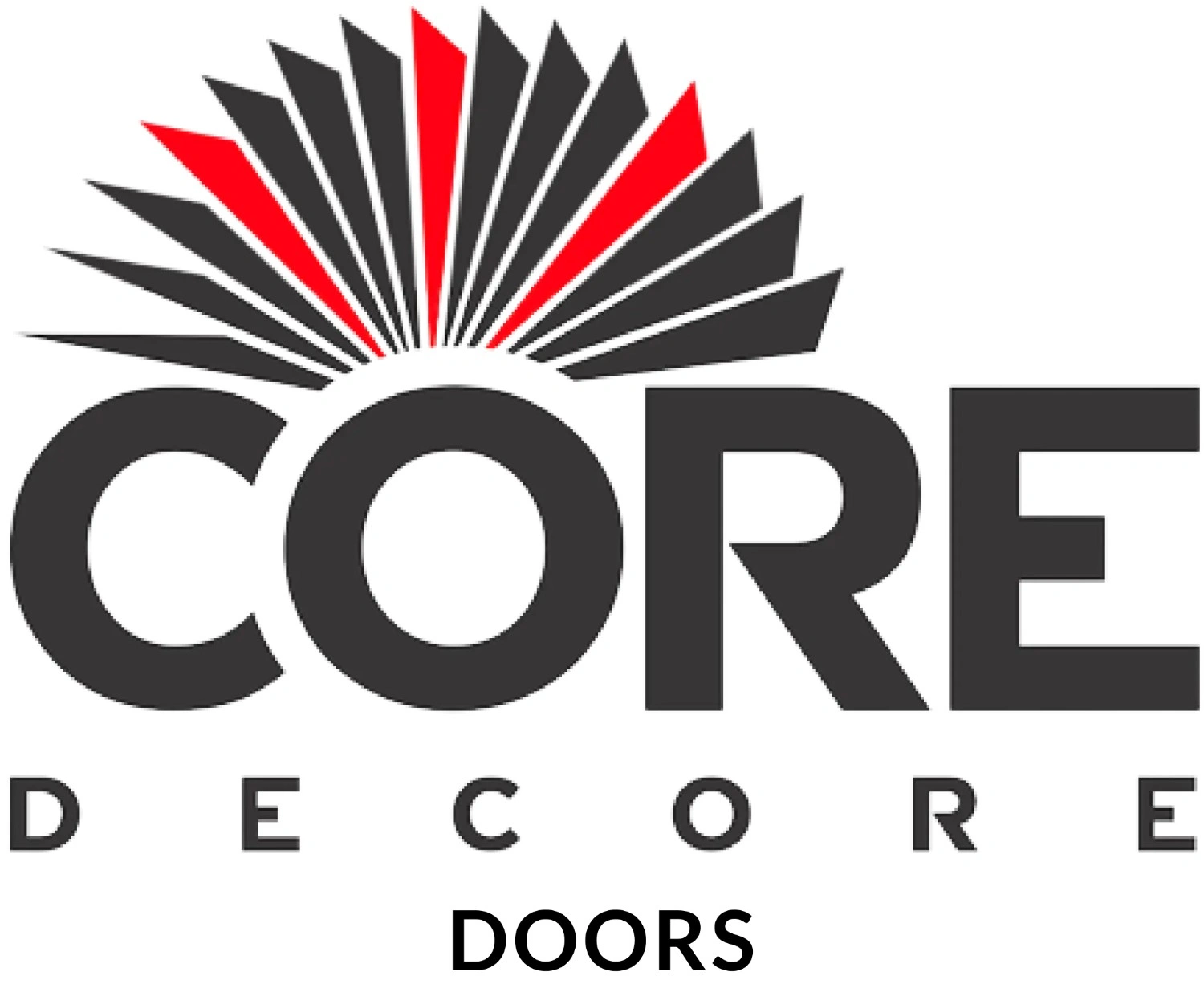Why plywood is an eco companion of the construction world
First of all, what makes a material eco companion
- The biodegradable nature of plywood
- Sustainability of plywood in such a way that it does not affect the environment.
1. Advantages of plywood over wood
Plywood is made by cutting the wood into piles by a process called turning, it often uses renewable resources, as it’s made from thin layers of wood veneer derived from sustainable forestry practices.
- Less wastage when compared to wood: additionally plywood production can result in less waste compared to solid wood, as smaller or lower wood pieces can be used in the core layers.
- Glues used: commonly glues used in plywood are typically formaldehyde-free or have low formaldehyde content, which results in the reduction of emissions.
- No frequent replacement: the layers in plywood are cross-laminated, providing stability without any need for high-quality wood. This method enhances the durability and extends the life span of the plywood so that frequency replacement is not needed which is beneficial to the environment.
2. The biodegradable nature of plywood
Plywood, being a composite material made from layers of wood veneer, is inherently biodegradable. The natural wood fibers in plywood decompose over time through microbial action and environmental factors, returning to the earth without leaving a lasting environmental footprint. This biodegradability is a sustainable characteristic that aligns with eco-friendly practices. However, it's essential to note that the glue used in plywood manufacturing may contain synthetic components that can affect its overall biodegradability. Opting for plywood with environmental friendly adhesives or seeking recycling options can further enhance its eco-friendliness in home decor applications
- Low energy consumption: the manufacturing process of plywood requires very less power inputs when compared to others, which results in reduced carbon footprints in the production
- Recyclable: While plywood itself may not be easily recyclable due to its layered construction, it can be repurposed or reused in various applications. Additionally, recycling facilities may accept plywood as wood waste for repurposing.
3. Sustainability of plywood
Sustainable forestry practice
Plywood can be sustainable when sourced from responsibly managed forests. Certifications such as the Forest Stewardship Council (FSC) ensure that wood is harvested in an environmentally and socially responsible manner, promoting sustainable forestry practices.
Longevity and Durability
Plywood's durability ensures a longer lifespan for products, reducing the need for frequent replacements. This longevity contributes to sustainability by lowering overall consumption and waste.
Innovations in Adhesives
Advancements in adhesive technologies have led to the development of water-based and low-VOC (volatile organic compound) adhesives, reducing environmental impact.
4. Certified plywood
To maximize the eco-friendly benefits, consumers can choose plywood that is certified by organizations like the Forest Stewardship Council (FSC), which ensures that the wood comes from responsibly managed forests.
5. How longevity is tied to the eco-friendly nature of plywood
The longevity of plywood is closely tied to eco-friendly nature. Plywood’s durability and resistance to warping or cracking mean it has a longer lifespan than some other materials. This longevity is beneficial for the environment because it reduces the frequency of replacement or repairs.
When a material lasts for a longer period of time, it results in a decrease in demand for the raw material energy consumption for the manufacturing process, and energy associated with transportation., disposal
Choosing a durable plywood can contribute to sustainability by minimizing the environmental impact over its lifecycle. Additionally, a longer lifespan often means less waste, further supporting the eco-friendly aspects of plywood.
6. The key difference between wood and plywood manufacturing process that makes plywood eco-friendly
In addition to the stability, durability quality, the other key point that stands out plywood from wood is efficiently using key resources.
Efficiency in Resource Use
Plywood maximizes the use of raw materials through efficient layering, resulting in less waste compared to solid wood.
In conclusion, while plywood and solid wood serve distinct purposes, plywood stands out for its efficient use of resources, enhanced stability, and versatility in design. The layered construction of plywood minimizes waste and offers a sustainable alternative, particularly when sourced from responsibly managed forests. Its adaptability in various applications and manufacturing efficiency make plywood an eco-friendly and practical choice for construction and home decor. However, the preference between plywood and solid wood ultimately hinges on specific project requirements, cost considerations, and aesthetic preferences, highlighting the importance of informed decision-making in the pursuit of sustainable and functional design solutions
